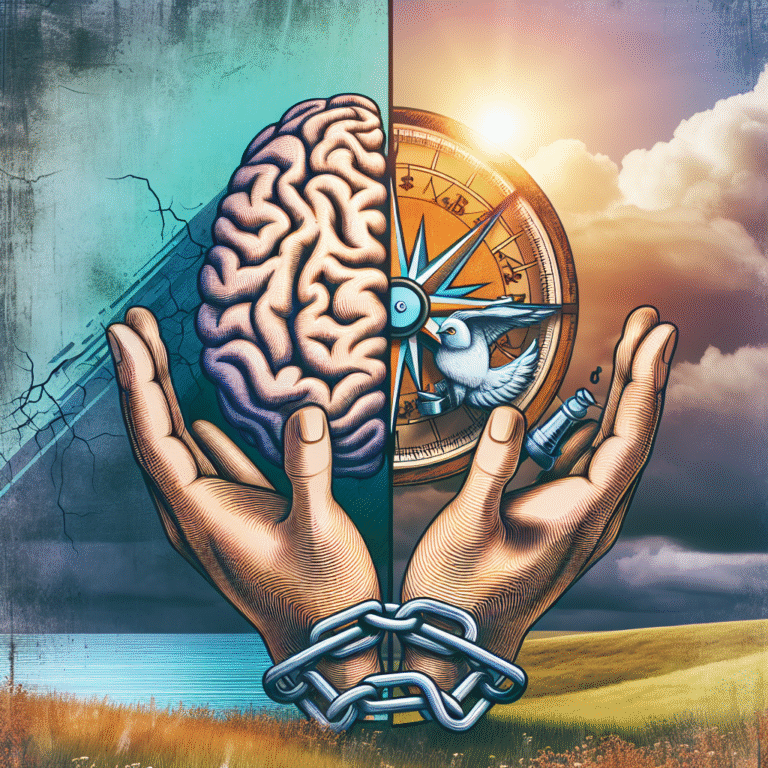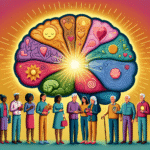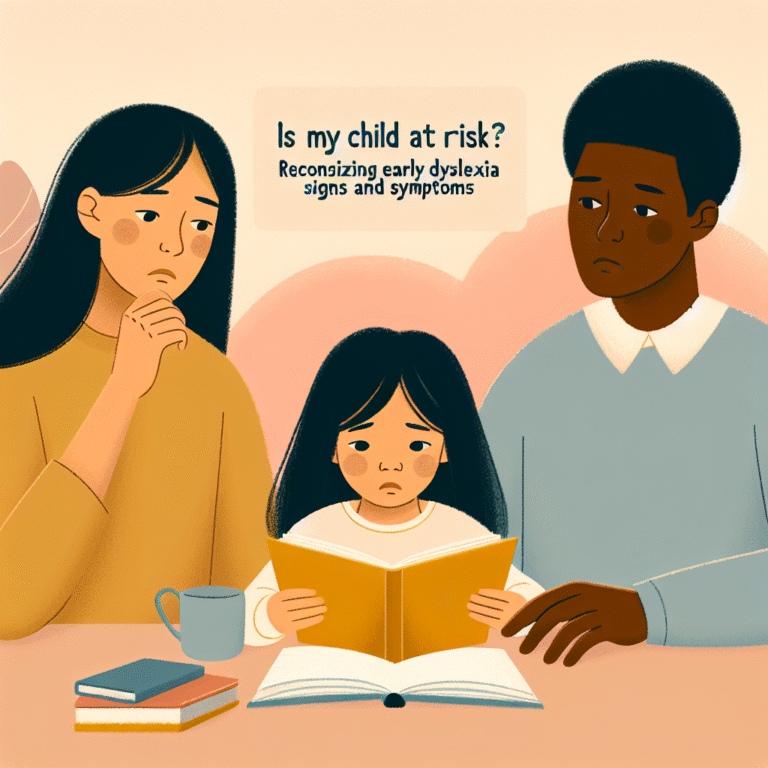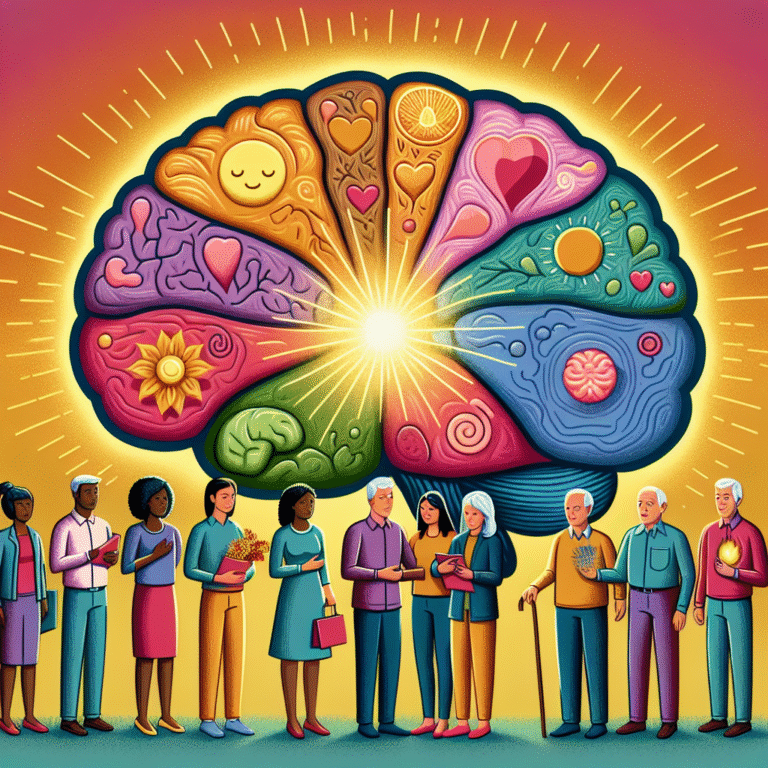
Introduction
Imagine a world where every life hangs in the balance of a single decision — the ultimate punishment: death. The debate surrounding the death penalty is one of the most divisive issues in modern society, igniting passionate discussions about morality, justice, and human rights. But amid the legal arguments and political rhetoric, a deeper examination reveals another layer of complexity: the human element. The Human Element: Assessing the Psychological and Social Consequences of the Death Penalty delves into the often-overlooked psychological toll on various stakeholders, including those executed, their families, victims, and the broader community. This exploration illuminates the far-reaching implications of capital punishment that extend beyond the courtroom, making it an essential conversation in today’s society.
The Historical Context of the Death Penalty
Evolution of Capital Punishment
The roots of capital punishment can be traced back to ancient civilizations. From the Code of Hammurabi to the Roman Empire, death sentences were viewed as a societal tool for maintaining order. Over time, as enlightenment ideals about human rights emerged, attitudes toward capital punishment began to shift.
Modern Perspectives
In contemporary discussions, many countries have moved to abolish the death penalty, citing ethical concerns and the fallibility of human judgment. Countries like Norway and Canada have deemed capital punishment an outdated practice. Conversely, the United States continues to grapple with this moral dilemma, leading to significant disparities in implementation across states.
The Psychological Consequences of the Death Penalty
The Mental Health of Death Row Inmates
Life on death row is characterized by extreme isolation and uncertainty, leading to severe psychological ramifications. Studies illustrate that prolonged incarceration can result in anxiety, depression, and even suicidal tendencies. A pivotal case is that of Kevin Cooper, who spent over 30 years on death row in California before being exonerated. Cooper’s testimony reflects the intense psychological strain of living with the constant threat of execution.
Table 1: Psychological Effects on Death Row Inmates
| Psychological Effect | Description |
|---|---|
| Anxiety | Constant fear of execution |
| Depression | Loss of hope, isolation |
| PTSD | Traumatic stress from confinement |
The Impact on Families of Inmates
Families of individuals on death row often endure their own psychological torment. The stigma associated with having a loved one sentenced to death can lead to social isolation and emotional distress. For example, the story of Kerry Max Cook, who faced execution for a crime he didn’t commit, reveals the profound grief experienced by family members. His mother’s words resonate with the pain of having to navigate a world where their loved one is labeled a monster.
The Psychological Toll on Victims’ Families
The families of victims also bear an immense burden. While some may feel that the death penalty provides closure, studies indicate that this belief is often misguided. The prolonged nature of legal battles can re-traumatize families, preventing them from finding peace. As highlighted by the case of Robert Lee Yates, the intricacies of appeals and lengthy trials often leave victims’ families in a cycle of despair.
The Social Consequences of the Death Penalty
Societal Perceptions and Public Opinion
Public opinion on the death penalty varies globally but is often influenced by cultural norms and media portrayals. In the U.S., polls indicate a fluctuating support base, reflecting broader societal changes in attitudes toward justice and rehabilitation.
Chart 1: Public Support for the Death Penalty Over Time
| Year | Percentage of Support |
|---|---|
| 1994 | 80% |
| 2000 | 70% |
| 2020 | 55% |
This decline signals a potential shift toward more humane forms of justice, emphasizing the need to reevaluate the social contract that the death penalty represents.
Effects on Communities
Communities impacted by capital punishment often experience a myriad of social consequences. Areas with high incarceration rates correlate with increased violence and social disintegration. For example, studies in neighborhoods with high execution rates reveal a community-wide trauma that extends to socioeconomic decline and diminished trust in law enforcement.
Case Studies: Illustrating the Human Element
Case Study 1: The Story of Troy Davis
Troy Davis’s case gained international attention, showcasing the flaws within the capital punishment system. Convicted for a crime he maintained he didn’t commit, Davis’s protracted legal struggle highlighted the psychological strain placed on defendants and their families. Public protests and calls for justice illuminated widespread disbelief in the fairness of the justice system, emphasizing the human element of wrongful convictions.
Case Study 2: The Aftermath of Execution
Following the execution of Cameron Todd Willingham, who was wrongfully convicted of arson, the consequences extended beyond his life. His case stirred debate regarding forensic evidence and the irreversible nature of the death penalty. The community faced the emotional aftermath of an execution that some argue only served to deepen rifts rather than heal wounds.
Moral and Ethical Considerations
The Value of Human Life
At the heart of the debate around the death penalty is the moral question of whether it is ever justifiable to take a life. Advocates for abolition stress the sanctity of life and the fallibility inherent in human judgment. Ethical considerations invite us to ponder the long-term consequences of state-sanctioned death, encouraging a compassionate reevaluation of justice.
Alternatives to the Death Penalty
In a world yearning for progress, exploring alternatives to the death penalty can provide a more humane approach to justice. Rehabilitation and restorative justice models focus on healing rather than retribution. Countries that have abolished capital punishment, such as Norway, illustrate the benefits of investing in rehabilitation over retribution.
Conclusion
The conversation surrounding the death penalty extends far beyond legal statutes; it encompasses deep-seated psychological and social consequences that affect countless lives. The Human Element: Assessing the Psychological and Social Consequences of the Death Penalty reveals the profound impact on everyone involved — from inmates and their families to victims’ loved ones and communities. While the debate continues, understanding the human implications invites us to foster a more compassionate and just society.
As we contemplate our stance on capital punishment, we must strive for a justice system that reflects our highest values and the sanctity of human life. Only through empathy and awareness can we hope to illuminate a path toward healing and understanding.
FAQs
1. What are the psychological effects on death row inmates?
Death row inmates often experience severe anxiety, depression, and psychological trauma due to isolation and the uncertainty of their fate.
2. How does the death penalty affect families of inmates?
Families face emotional distress, social stigma, and isolation, which can complicate their ability to cope with the situation.
3. Do victims’ families find closure through the death penalty?
While some families believe execution provides closure, research suggests prolonged legal battles can lead to re-traumatization instead.
4. What are the societal impacts of the death penalty?
Communities with high execution rates often experience increased violence, social disintegration, and diminished trust in the justice system.
5. Are there viable alternatives to the death penalty?
Yes, alternatives like rehabilitation and restorative justice focus on healing rather than retribution, showing the potential for a more humane justice system.

















